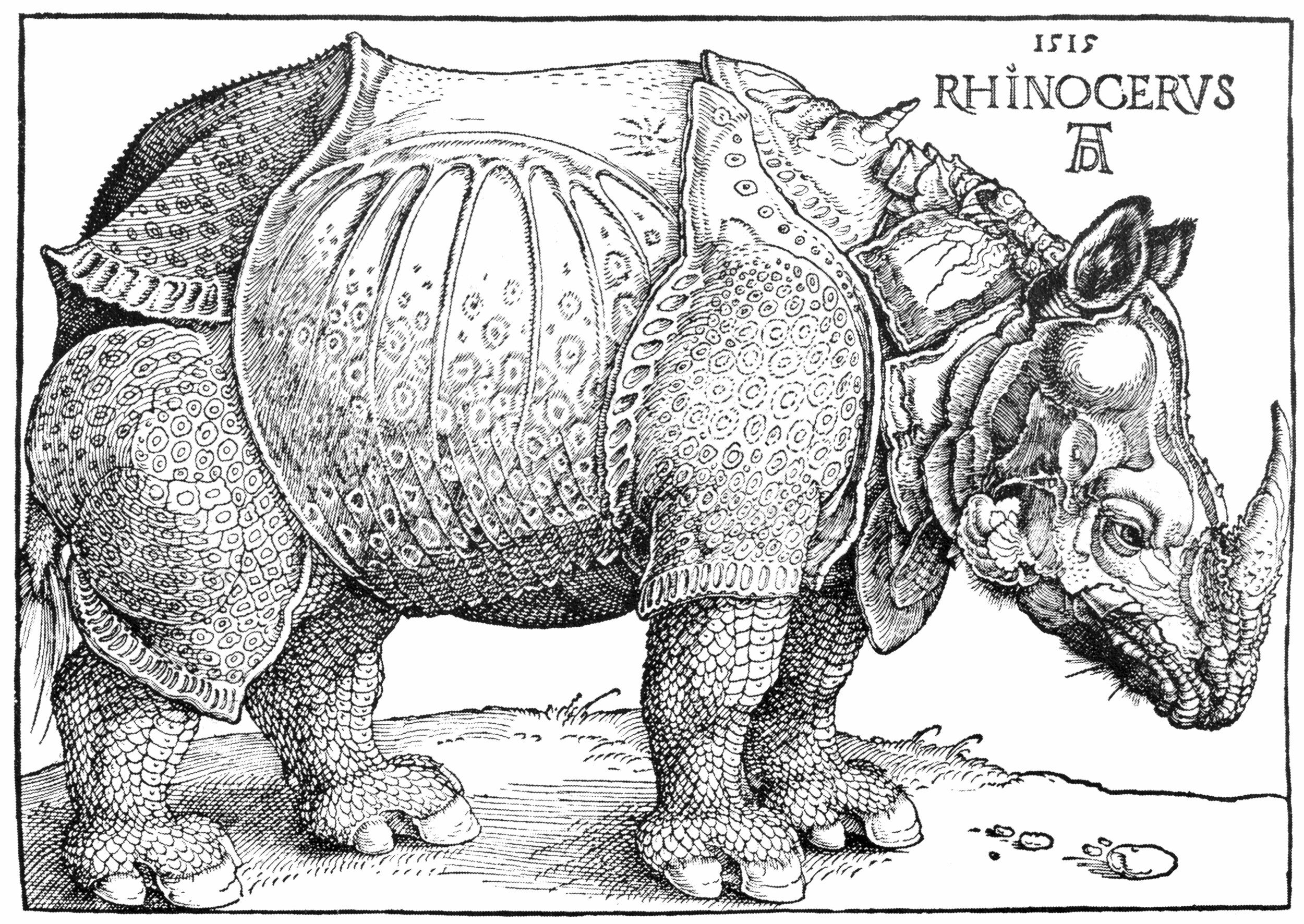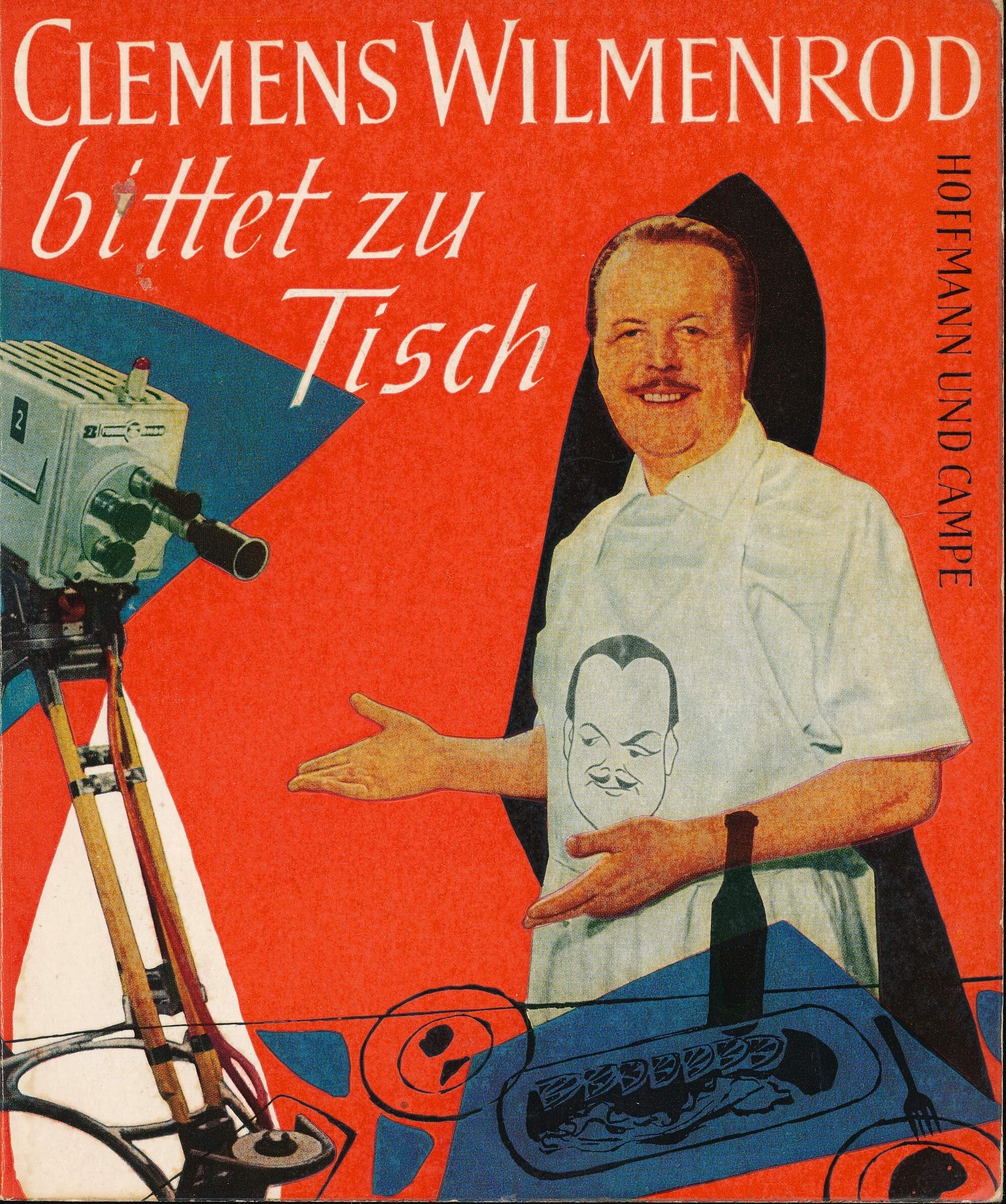And a Cherry on Top
If someone offered you Toast Hawaii, what exactly would you expect? The name itself is strange to English speaking ears, combining an exotic island with one of the most mundane of foods. Whether the average non-German would guess that Toast Hawaii is a slice of bread, topped with ham, cheese, a slice of pineapple and a cherry is open to debate. I imagine most people could figure it out, after all, we’ve all been exposed at one time or another to the forever argument over the merits of Hawaiian Pizza. It’s the cherry on top most people wouldn’t guess. an uncharacteristically whimsical inclusion given Germany’s reputation for cold blooded seriousness.
Everything about Toast Hawaii, excluding the taste, is incongruous. It’s observably weird. Every time I see one in the wild I can’t help thinking about Dürer’s Rhinoceros, an epic woodblock print of an armoured Rhino that was famously drawn from a second hand account of the animal in a letter to the merchants of Nürnberg. Similarly, Toast Hawaii seems to have come from the mind of someone who heard rumours about open face sandwiches and decided to try and make one themselves, with mixed results.
The name promises a taste of the exotic, but despite the inclusion of pineapple and a cherry, the reality is rather more prosaic. It’s both weird and unremittingly boring at the same time. In fairness, Germany isn’t the only country to bestow elaborate names on rather ordinary food, Britain has been doing it for centuries. How else do you explain Jam Rolly-Polly, Yorkshire Puddings (not a dessert), Toad in the Hole (contains absolutely no amphibia) and Spotted Dick (not an officially recognised STD). However, there is one major difference between the weirdly named dishes from the UK and Toast Hawaii; where the British names evolved over time from the language of the 18th and 19th centuries, Toast Hawaii was purposely given an exciting and exotic name by its creator, in fact it was one of the main reasons it became so popular.
The credit for its creation is often given to Clemens Wilmenrod, Germany’s first TV chef. Wilmernrod’s culinary success and lasting influence on German food is as surprising as his famous cherry topped dish. A former jobbing actor, Wilmenrod convinced TV producers in post-war West Germany to give him a cooking show, an impressive feat given that he couldn’t cook. Apparently this obvious stumbling block wasn’t as big an issue as you might think. When presenting his show, close ups on his face would be used so production staff could switch out his pans. The result of this trickery made it look like he was cooking up a storm. Who needs CGI?
He was famous for using basic ingredients, canned vegetables or ready-made sauces that would be accessible to audiences. His liberal use of ketchup at the time was practically a national scandal. Another vital aspect of his recipes was that the ingredients were affordable. Even though he wasn’t the most skilled chef, used unexciting ingredients and gave his pedestrian creations outlandish names, Clemens Wilmenrod became a phenom. It was said that whatever random combination of ingredients Wilmenrod cooked on his show one night would be quickly sold out in the shops the day after.
Despite taking credit for its creation, there is some controversy over whether Wilmenrod actually invented Toast Hawaii. Another chef, Hans Karl Adam, was hired by Wilmenrod as a cooking tutor and it’s claimed that Adam was in fact the original mastermind behind the famous pineapply concoction. As the story goes, Wilmenrod bought several recipes from Adam, one of which could have been Wilmenrod’s most famous creation. If anything, Wilmenrod may only be responsible for the name. Which of the two can actually take credit for Toast Hawaii still hasn’t been definitively proven.
Personally, I would question whether either really invented the dish. I suspect that it came out of the period of hardship Germany experienced following the end of World War II. The arrival of hundreds of thousands of British, American and French troops in Germany as part of the Allied army gave Germans access to ingredients they had been unable to get during the war. The combined might of the allies carried freedom in one hand and, apparently, an infinite supply of canned fruit in the other. As the occupation began, so did a minor culinary revolution. Although the allies didn’t start distributing food to the German populace until 1947, it is not hard to believe that canned pineapple, ham, white bread and cheese could not have been procured by imaginative Germans either legally or illegally via the black market. If anything, Toast Hawaii may well have a similar origin as the more famous post-war creation such as the Currywurst, which came about thanks to British soldiers either selling or giving curry powder to Herta Heuwer a Berlin food vendor. Of course, Heuwer’s story is also disputed, with many food historians questioning whether one person could take credit for Currywurst, which only increases my suspicions about the origins of Toast Hawaii.
It’s unlikely that we will ever know if Wilmenrod invented Toast Hawaii, but even if he didn’t he was instrumental in making it popular. Toast Hawaii may not be as in demand as it was in the 60s and 70s but there are plenty of places you’ll find it on sale today. It’s not the most sophisticated of dishes, but it’s considered by many to be a comfort food of choice, rather like a grilled cheese in the US or cheese toastie in the UK. Hawaii Toast is excitingly unexciting. It’s not as revered as the Currywurst, but it’s still a treat for many.








